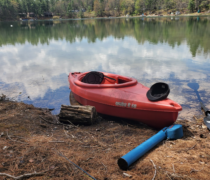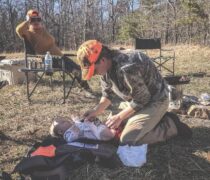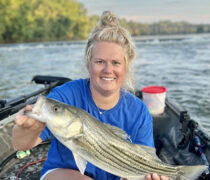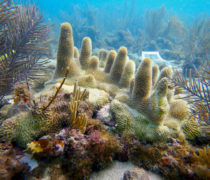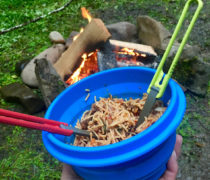Foraging in the Turkey Woods
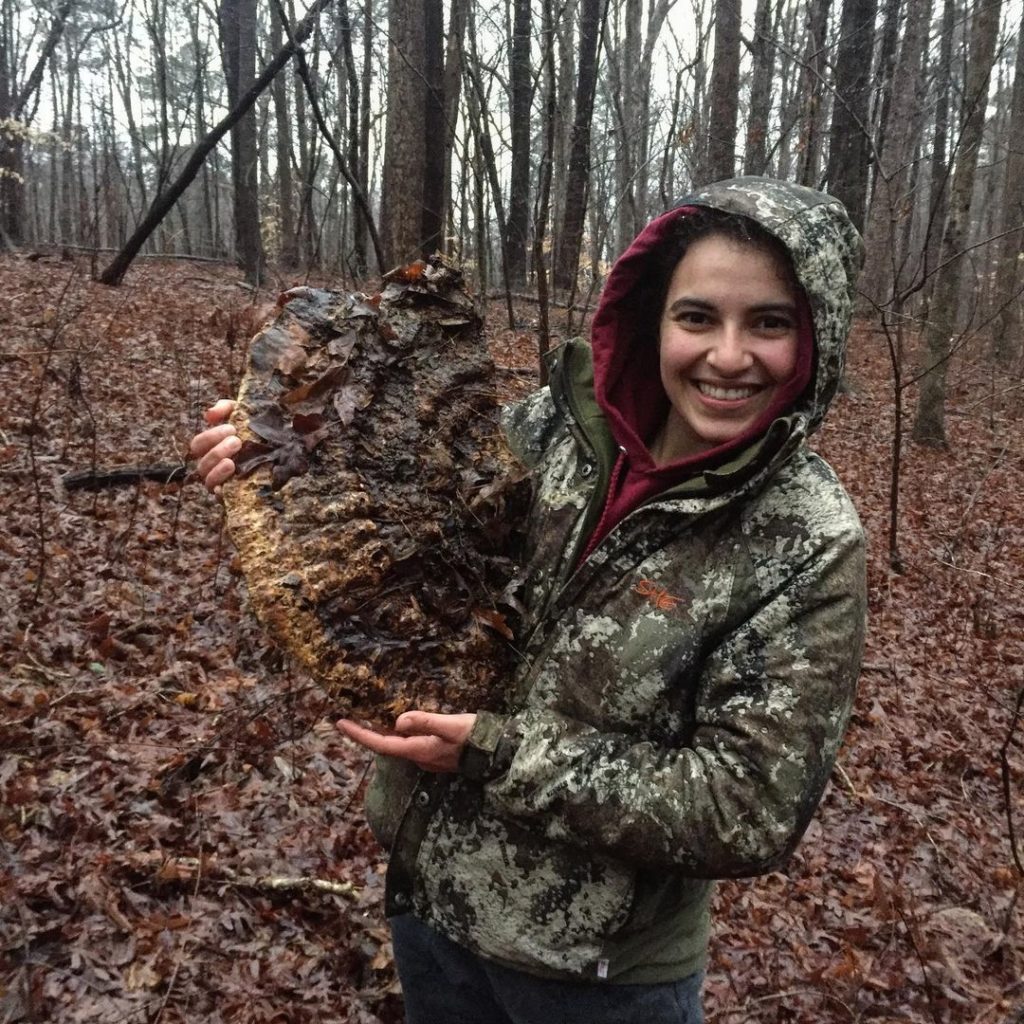
By Safiyyah Motaib, Artemis Ambassador – North Carolina
There’s always something to forage, any time of year and any time of day; but some seasons are better than others.
Spring can be overwhelming for beginner foragers or even the seasoned forager who is unprepared. So many things start popping up so quickly, and if you are like me and want forage to make teas and oils for year-round use, you need to harvest enough without compromising your ethics!
Thankfully most of the plants I’ll mention are weeds!
Ramps and Morels
But first let’s talk about the two most sought after spring wild edibles, both of which pair splendidly with wild turkey! I’m sure most of you have heard about the famed morel mushroom and the wild ramps that people find in fields. While these can be abundant if you are in the right area, they are not like the lawn weeds that can be found all of the US in pretty much over lawn and on any little patch of dirt on the side of the road.
Most people have success finding ramps and morels in the mountains and foothills, where the sun isn’t able to dry out the soil but isn’t boggy either. Ramps need calcium rich soil, that is both well drained but consistently damp and slightly acidic. Morels like a similar environment, they need consistent moisture but also need well drained soil. North or east facing slopes with the right soil texture and acidity are generally perfect environments for ramps and morels to grow, but if it is shady enough, they can grow facing any direction.
Those who consistently find enough morels and ramps to fill boxes are aware of these requirements and seek them out, but depending on where you live, this might not be possible and you might get lucky and find a few micro-environments that produce one or two delicious specimens.
We can’t talk foraging without talking ethics, so when it comes to morels, feel free to forage most of a patch so long as you are cutting the mushroom at the base and not pulling it out of the ground. This is because cutting it at the base does not disturb the mycelium structure below, while pulling it out of the ground risks damaging this structure, resulting in a lack of fruiting bodies in the seasons to come. As for ramps, it is best to harvest the above ground parts so that the plant has a chance to produce new leaves and flowers next season. However, even if you come across a big enough patch, please remember that ramps do not consistently flower, their germination rates are very low, and they have a 5-7 year life cycle, so please be mindful and only take enough to use with a few meals.
Wild weeds
If you tuned in to the Artemis South Carolina Fireside Chat on April 15th, you heard me talk about a bunch of wild weeds that unfortunately get sprayed all too often. If you didn’t make the chat, you can watch a recording here. Not only are many of these weeds delicious, but they are also medicinal and are important ingredients in some of the topical products I make and use on a daily basis. So before you mow your lawn, I recommend looking into the following weeds:
Cleavers, chickweed, wild violet, dandelion, Japanese false hawksbeard, wild lettuce, plantain, wood sorrel, white and red clover, purple dead nettle, henbit, mock strawberry, greenbrier tips and blackberry.
These weeds are everywhere! And they (among many others) are considered beginner herbs because they have no poisonous look alike, and most are pretty distinct in their features. You can also find these in the woods, where the sun shines through the trees, generally where grasses are growing. They can also be found on the edges of fields; in fact, just the other day I was snacking on greenbrier tips sitting on the edge of a field behind my blind watching a flock of turkeys.
Another really cool plant that can be found in the woods is the trout lily. This is not a weed per se and should be harvested accordingly, but you can find these in large patches in the woods. The young leaves are a delicious snack while scouting the turkey woods!
Tips
I realize that foraging can seem intimidating, and there is always going to be a story about people who poisoned themselves by eating the wrong thing. But when that happens, it is generally due to a lack of respect for nature and/or complacency. If you understand that in order to understand nature, she must be respected both in the fact that she can heal and she can hurt. With proper research and paying attention to detail, foraging is a very rewarding process. Also remember that you can take it as far as you want to! The wild weeds mentions have no poisonous look-alikes and if you want to stop there then that is absolutely fine! I also recommend downloading some plant ID apps but do not rely on them as your primary source of identification. Rather, use them to point you in the right direction and then you can ask real people for their input. If you do not have access to a forager, there are numerous Facebook groups that are free and easy to join that can help ID even the most difficult plants!
Find Safiyyah on Instagram @OutdoorWildlings or at her Etsy shop: https://www.etsy.com/shop/OutdoorWildlings







